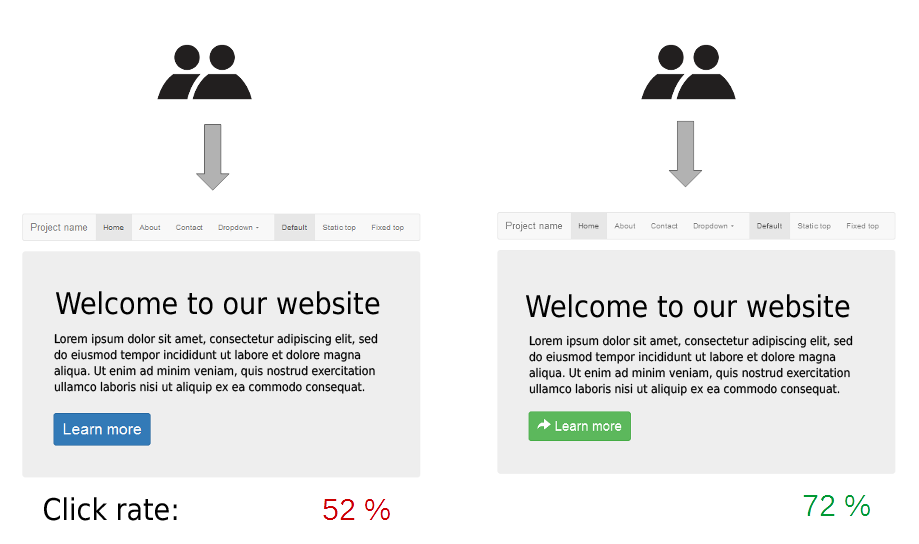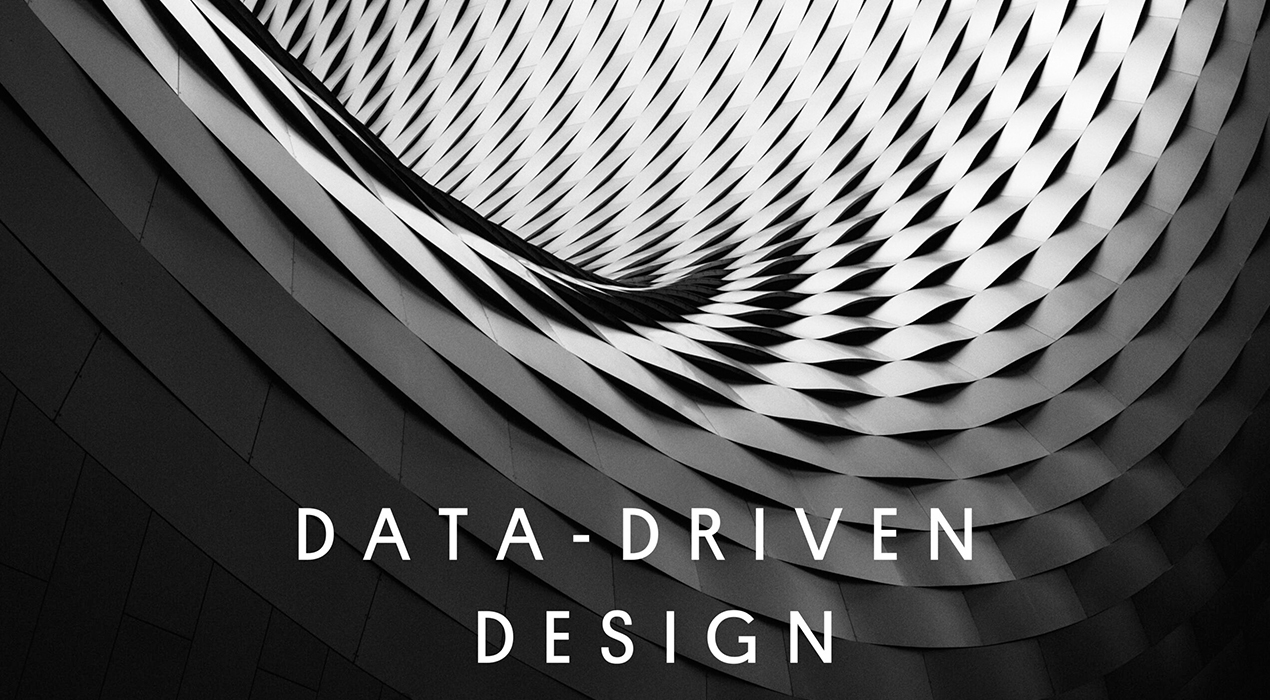How to create successful products that meet user demands and improve ROI?
Data-Driven Design may sound like a lost episode of Star Trek, but it is, in fact, an effective way to create people-friendly products that keep customers happy and makes businesses more money.
Put succinctly, data-driven design is the process of designing products using data findings. Companies will often use this method because they find that even though products can often look beautiful they can be an absolute nightmare to use. Think of a flashy website with animations and transitions everywhere. While this may be visually appealing, it’s not necessarily the best way to convert customers or convey information. By giving designers data on how people are actually interacting with a product you identify these pain points.
Read on to find out more on data-driven design and how it can help improve the usability of products and let your business grow.
Why Is Data-Driven Design Important?
While it’s good to listen to the gut feeling of designers, it’s no substitute for having hard data based on real feedback. Design that doesn’t produce the intended result – no matter how pretty – is going to affect the success of your project. Given that 88% of users claim that a bad website experience is enough to put them off returning, it’s vital to employ data-driven design techniques.

Designing based on actual feedback will almost always result in a more user-friendly product, leading to more conversions. By having quantifiable data on things like the conversion rate of a CTA’s placement, you take away the guesswork and make more money.
To put it simply, the return on investment goes up when the amount of problems that users encounter goes down. Taking Bank of America as another example, a redesign of their sign-up page based on data-driven design testing and feedback, saw a nearly 100% increase in conversion rate1.
Namely, design-driven by data provides a valuable return on investment in the following ways:
● Minimizes user frustration by eliminating pain-points
● Saves money by identifying issues early, avoiding redesigns
● Saves money on customer support
● Increases conversion and sales performance
● Less training costs
Figures show that a $10,000 investment in design-centric companies is 228% more profitable than an investment in the S&P. In addition, MIT found that a company that invests in data-driven design will make 5-6% more profits than its nearest competitors.
Real-World Examples
While talking about the benefits of data-driven design is all well and good, let’s take a look at some real-world examples to understand exactly how it can help a business grow.
One practical application is optimizing web applications to create better user experiences. In 2017, Google and the University of Illinois ran an experiment that is a great example of using data findings to streamline a design.
Users were asked to use the Best Buy and Macy’s apps to find the nearest store. Despite Best Buy’s app having more ways to complete the task, the lack of a burger menu meant fewer people succeeded. Only 83% of people completed the task with the Best Buy’s app, whereas 96% of people succeeded with Macy’s design.

In a commercial application, identifying the best way for users to access high-converting pages is well worth the investment in some data collection. ESPN.com, for example, found that a homepage redesign based on data collected from users produced a whopping 35% jump in profits.
How To Use Data-Driven Design To Drive Design Decisions?
Data collection comes in two flavors: quantitative and qualitative.
Quantitative decisions are measurable and comparable. A designer can use this hard, numerical data to then inform their design. For example, comparing conversion rates using different designs.
Types of quantitative data collection include:
● A/B testing, also known as “split testing” is where feedback is gathered from different groups testing the same product with a single variable changed.
● Heat maps, where user interaction with a product is visualized explicitly.
● Surveys let designers use quantifiable feedback of users to guide their decision-making.
● Statistical analysis of metrics like drop-off rates and speed of task completion can let designers understand possible pain points.

On the other side, qualitative data is non-numerical and is based on information gleaned from opinions, interviews, and watching users interact with a product. While not as easy to analyze, such data is invaluable. For example, Cathaway Pacific Airlines found that after interviewing staff and redesigning their online portal, their call-center volume significantly dropped and productivity increased. Qualitative methods include:
● Competitor analysis allows designers to see what works and what can be improved with a similar product.
● Interviews are invaluable in getting less quantifiable feedback from users such as the feelings and thoughts they had while using it.
● Focus groups are a great way to get various opinions on a product’s design and understand how people communicate about it.
A study by the BCS found that 75% of a user’s judgment on the credibility of a website is based on its aesthetic appeal. Here we see the use of both qualitative and quantitative data to reach an important conclusion that can be used to better inform a product’s design. A design team can use this data to try various designs and gauge user’s feelings on its credibility with further quantitative and qualitative research. Nobody wants to hand over payment information to a website that looks sketchy, after all.
What Are the Benefits of Data-Driven Design?

A data-driven design ensures the end-user is always central to a product. This means nobody is tearing their hair out trying to use it and, ultimately, the product is successful.
This results in better conversion rates, repeat custom, and an easier design process with the guesswork taken out. By basing a design on empirical data, designers are empowered to simply take action and solve problems.
Designs based on data also allow a product to change over time. Data can be used to understand changes in user behavior and adjust a design accordingly, meaning a product is never outdated and can continuously improve.
Conclusion
Data-driven design is a consistent way to create successful products. By providing designers a mixture of quantitative data and qualitative insights, a product is able to meet user demands and as a result, improve ROI.
Writing credit – Nersing






